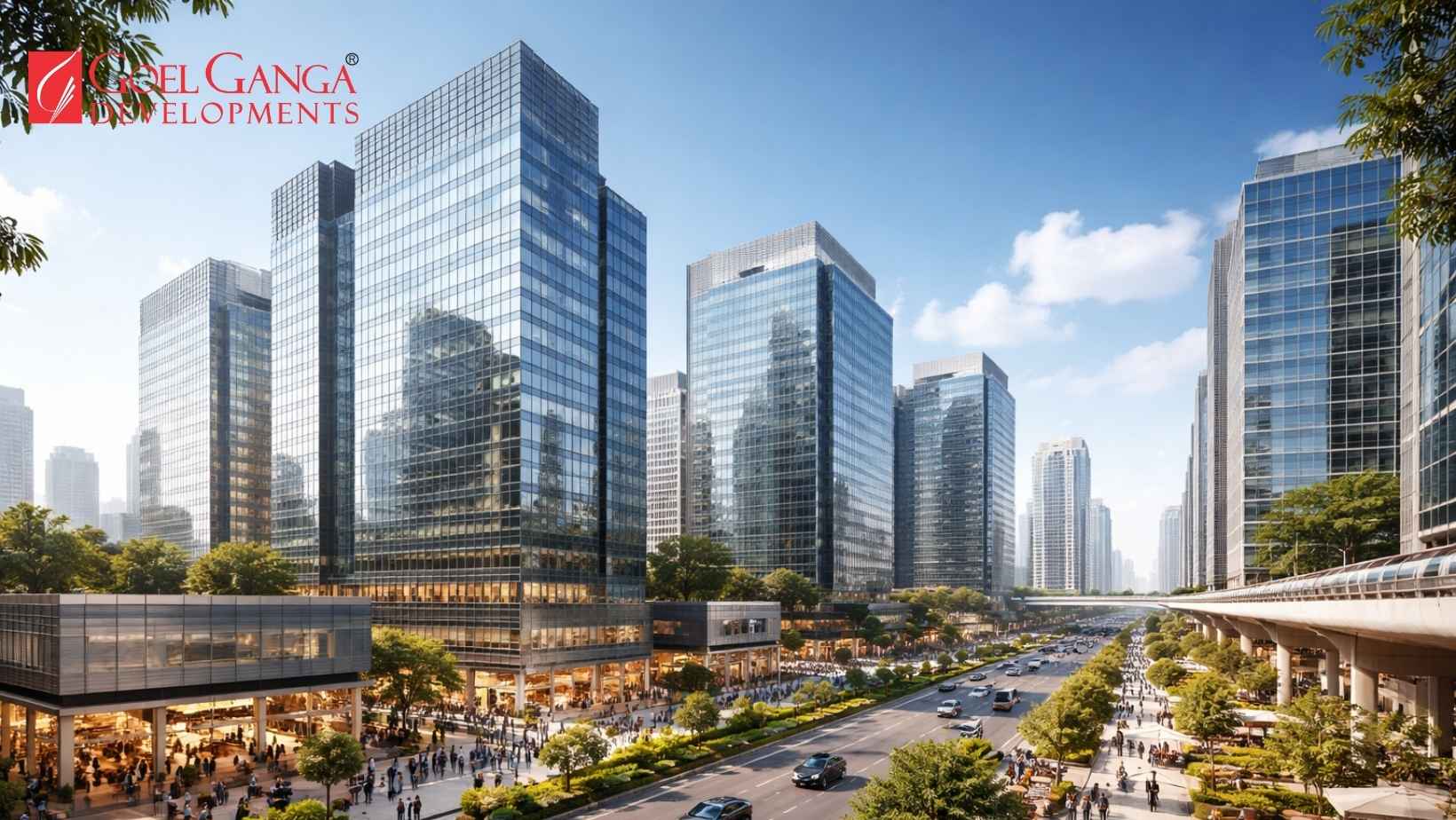Environmental awareness is much more than a trend; it’s a must in the fast changing real estate market of today. Environmental regulations have a big impact on the building and real estate development industries. As more people become aware of the urgent need for sustainable practices, developers will need to adapt, innovate, and abide by environmental standards in order to prosper. Let’s have a look at the environmental regulations instructions by Mr. Subhash Goel, the founder of Goel Ganga Developments.
Table of Contents
Toggle1. The Evolution of the Construction Industry
A fundamental change has occurred in the construction business. Environmental rules, traditionally considered barriers, are now motivating factors for innovation. The use of eco-friendly materials, renewable energy sources, and green construction techniques is growing among developers. This change improves the market value of houses while also helping the environment.
2. Impact of Environmental Laws on Real Estate Development
Real estate development techniques have changed as a result of strict environmental regulations. Before starting projects, developers must complete exhaustive environmental impact studies to ensure compliance with laws. This examination encourages wise land use, safeguards natural habitats, and lessens damaging effects on regional ecosystems. As a result, sustainable innovations are growing, showing how human advancement and environmental preservation may live together.
3. Eco-Friendly Real Estate Development: The Future Beckons
A sustainable future is built on environmentally responsible real estate development. The development industry is embracing energy-efficient plans, incorporating renewable energy sources, and putting water-saving strategies into action. These methods not only lessen carbon emissions but also result in significant cost reductions for both developers and households. Likewise, environmentally concerned customers are drawn to eco-friendly houses more and more, giving developers a competitive edge.
4. Navigating Green Building Regulations
The industry standard for environmentally friendly buildings is determined by LEED (Leadership in Energy and Environmental Design) and BREEAM (Building Research Establishment Environmental Assessment Method). In order to ensure compliance and maximise environmental advantages, developers must negotiate these restrictions with skill. Developers may improve their reputation and draw in eco-aware investors by implementing green construction practices and earning certifications in the process.
5. Challenges and Opportunities
While environmental restrictions provide difficulties, they also offer opportunities for innovation and cooperation. To find innovative, eco-friendly building materials and methods, developers might spend money on research and development. Additionally, collaborations with government agencies and environmental specialists may offer priceless help and insights, promoting a win-win connection between the public and private sectors.
In conclusion, there is a significant and transformational impact of environmental rules on real estate development. Establishing these rules promotes economic development and innovation, in addition to protecting the environment. Along with benefiting from a responsible and progressive real estate market, developers can help create a greener, more sustainable future by prioritising eco-friendly practices. As time passes, a society where development and sustainability coexist peacefully will be shaped by the interaction between environmental laws and real estate development.











3 thoughts on “The Influence of Environmental Regulations on Real Estate Development”
Pingback: 2024 Real Estate Trends In India: Evolving Landscape
Pingback: Pune: Leading For Eco-Friendly & Sustainable Development
Pingback: Is a Pune Real Estate Crash Coming? Buyer Alert 2025